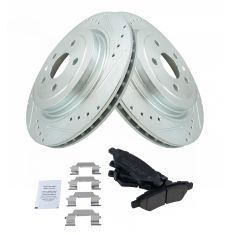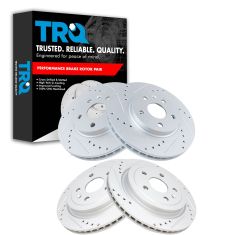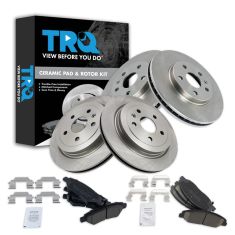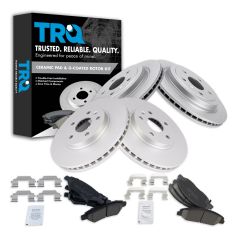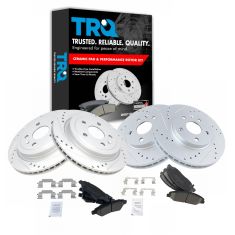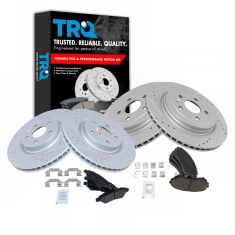1APBS01194-Chevrolet Camaro Cadillac CTS Rear Ceramic Performance Brake Pad & Rotor Kit TRQ Performance BKA12877
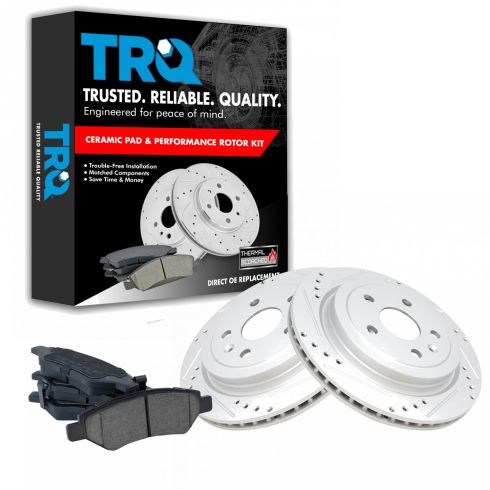
Replaces
2010 Cadillac CTS with RPO Code JE5 (4 Wheel ABS Brakes) Rear Ceramic Performance Brake Pad & Rotor Kit TRQ Performance BKA12877

Product Reviews
Loading reviews
5.00/ 5.0
5
5 reviews
November 30, 2018
I've only had them installed for maybe 1000 miles now and they're great. No brake noise, minimal dust and look great
Great product excellent price
October 7, 2019
fast shipping excellent price great product
Parts
December 31, 2021
Fast and accurate delivery.
Amazing product!!!
January 19, 2023
Got the rear brakes and rotor kit for my 2010 camaro 2lt RS everything fit perfectly!
100% recommend great product for a great price!
Nice breaks
February 6, 2023
Great
Customer Q&A
No questions have been asked about this item.
Cadillac is a registered trademark of General Motors Company. 1A Auto is not affiliated with or sponsored by Cadillac or General Motors Company.
See all trademarks.










